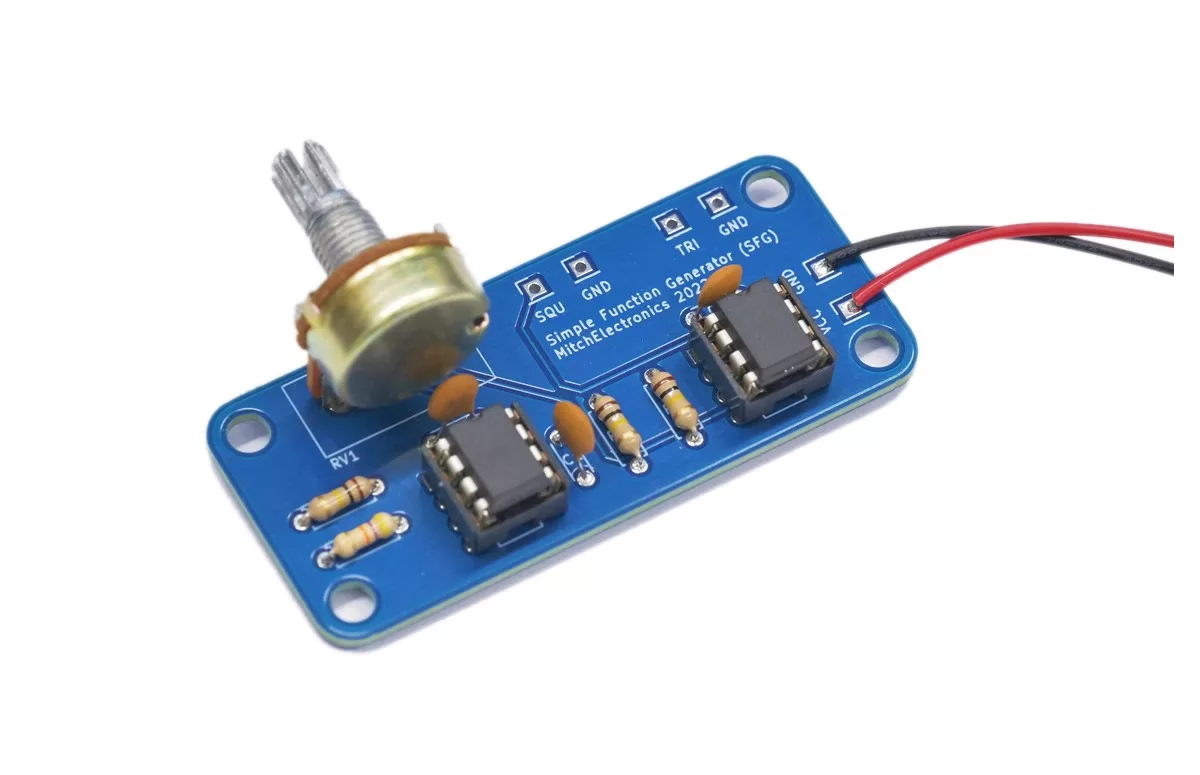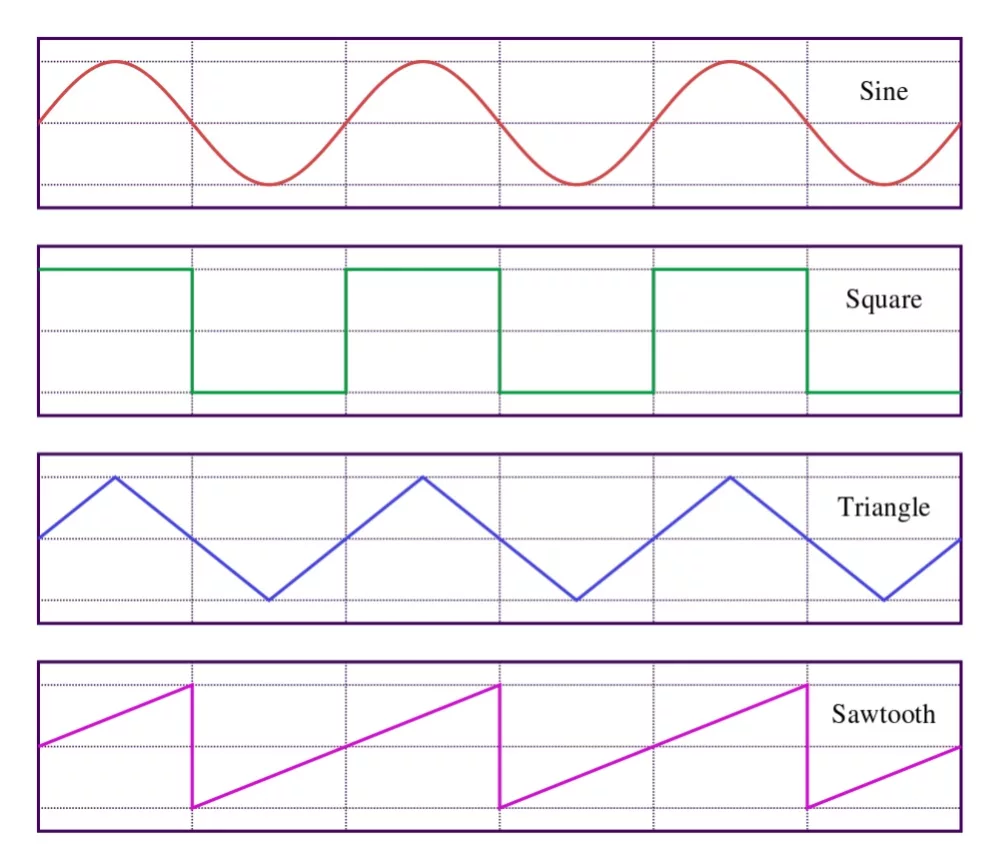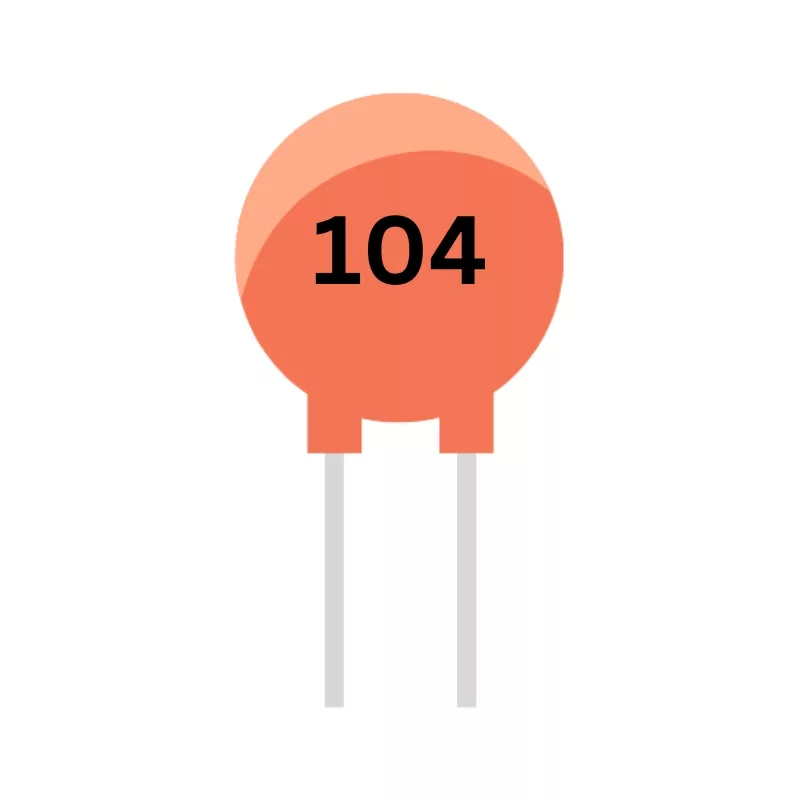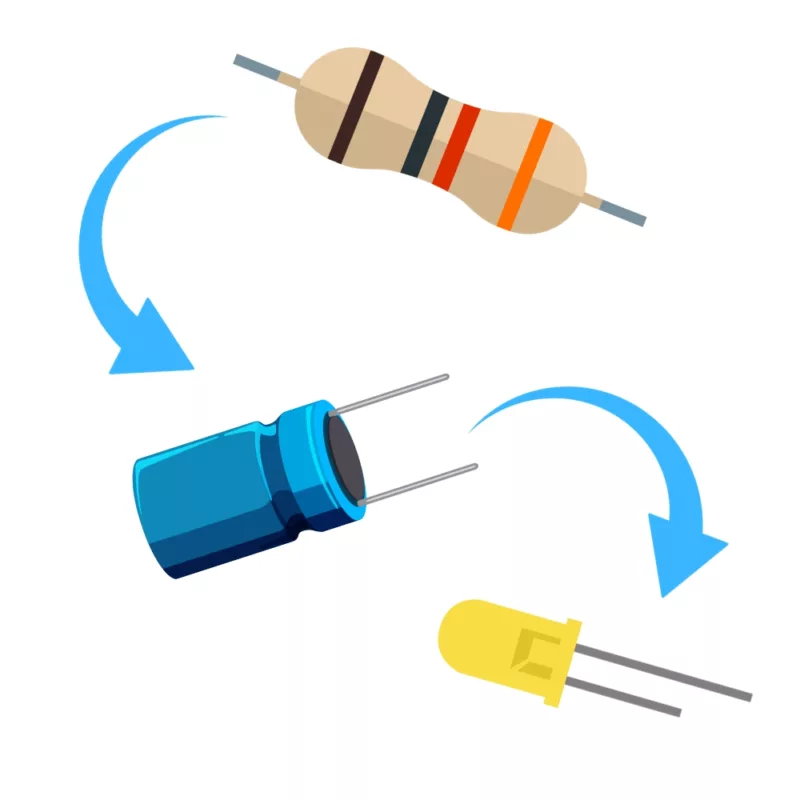Simple Function Generator Kit Instructions
robinmitchell2024-02-03T19:34:34+00:00Simple Function Generator Kit Instructions
Table of Contents

Introduction
What Do Function Generators Do?
In just about every electronic circuit there will be some signal that changes with time and in many circuits, this signal may be continuous. For example, the electricity from the mains supply has a sinusoidal shape (like an ocean wave). Another example would be the clock for a computer which has a square shape.

Imagine a scenario where a digital circuit has been created and requires a clock from an external source. One could be built especially for the task however the clock source would most likely have a fixed frequency. Even if one was designed to have a variable frequency (which takes time), the device would only output a square wave. This is where the humble function generator steps in!

Not only does the SFG (Simple Function Generator), have both a square and triangle output but the frequency is also adjustable. The square and triangle waves are generated by the same source and thus are always in the same phase which means that the two waveforms follow each other constantly (useful if both waves are being used). But how does this circuit work? What active devices are used to create the oscillations and how is the frequency adjusted? Let’s find out…
Schematic

Simulation
How Does The Simple Function Generator Work?
The Main Components
The Simple Function Generator circuit uses special component arrangements such as Schmitt triggers and integrators. To properly understand how this circuit operates it is important that the following is pre-studied:
- Op-Amps
- Schmitt triggers
- Integrators

How The Simple Function Generator Oscillates
The first op-amp with R1 and R2 is configured as an inverting Schmitt trigger. The second op-amp with C1 and the potentiometer (POT), form an integrator. Assuming the Schmitt trigger output is 0V the integrator will begin to discharge C1. This forms the downward slope of the triangle wave.
The Schmitt triggers output will rise to VCC once the output voltage on the second op-amp falls below the Schmitt triggers lower threshold voltage. As a result of this, the output of the integrator will begin to rise because C1 will begin to charge. This forms the upward slope on the triangle wave. Eventually, the output of the integrator will become larger than the Schmitt triggers upper threshold voltage.
When this happens the Schmitt trigger will output a voltage of 0V which will result in the output of the integrator to fall. This process results in the constant production of both a square wave and a triangular wave, in other words, it oscillates.
The rate at which the oscillation occurs (i.e. the frequency), depends on the resistance of the POT and the capacitance of C1. Since a variable capacitor would not be ideal in this situation (as they are only available with small ranges), a potentiometer is used instead. By adjusting the resistance of the POT the frequency of the produced wave will change.
Component List
| Component | PCB Reference | Quantity | Looks Like |
|---|---|---|---|
| 8 DIP Socket | U1, U2 | 1 | |
| LM358 Dual Op-Amp | U1, U2 | 1 | |
| 100nF Capacitor | C1, C2, C3 | 3 |  |
| 47K Resistor | R2 | 1 |  |
| 100K Resistor | R1, R3, R4 | 3 |  |
| 100K Potentiometer | RV1 | 1 | |
| Red Wire | VCC | 1 |  |
| Green Wire | TRI | 1 |  |
| Blue Wire | SQUARE | 1 |  |
| Black Wire | GND | 2 |  |
PCB


Project Ideas
Bench Function Generator
Function generators are extremely expensive pieces of equipment that will likely contain many features you don’t need. As such, the Simple Function Generator Kit provides an excellent alternative that is not only much cheaper but easier to use and interface with. If you require more complexity, you can add extra circuits to the output of each waveform, and enclosing the Simple Function Generator in a case can make a very neat and practical project!

Synthesiser
The Simple Function Generator produces both square and triangle waves which are both highly popular with old consoles. As such, the Simple Function Generator kit can be used as a synthesiser either on its own, or combined with external analogue voltages. Furthermore, both the square and triangular waves can be mixed together to create some really unusual sounds!

Sine Wave Source
Did you know that if you pass a triangular wave through several low-pass filters you can create a sine wave? As such, a sine wave source can be made from the Simple Function Generator, and this can be used for creating inverters, modulation systems, and so much more!

Construction Tips

Electronics Construction Guide
To learn more about how to solder electronic components, download the Electronics Construction Manual free using the button below

Component Order
Solder the components in this order to keep things simple
- Resistors
- IC Sockets
- Capacitors
- Potentiometer
- Wires
Double-check your components BEFORE soldering!
- MitchElectronics kits use double-sided PCBs with plated through-holes
- This makes the PCBs extremely strong
- It also makes desoldering very hard, so be sure components are inserted correctly

Final Thoughts
Here are some ideas that you can try with your Simple Function Generator Kit
- If you combine the SFG and the PWM Generator together with some hacking, you can create some rather interesting results such as LED breathers and other advanced signal controllers
